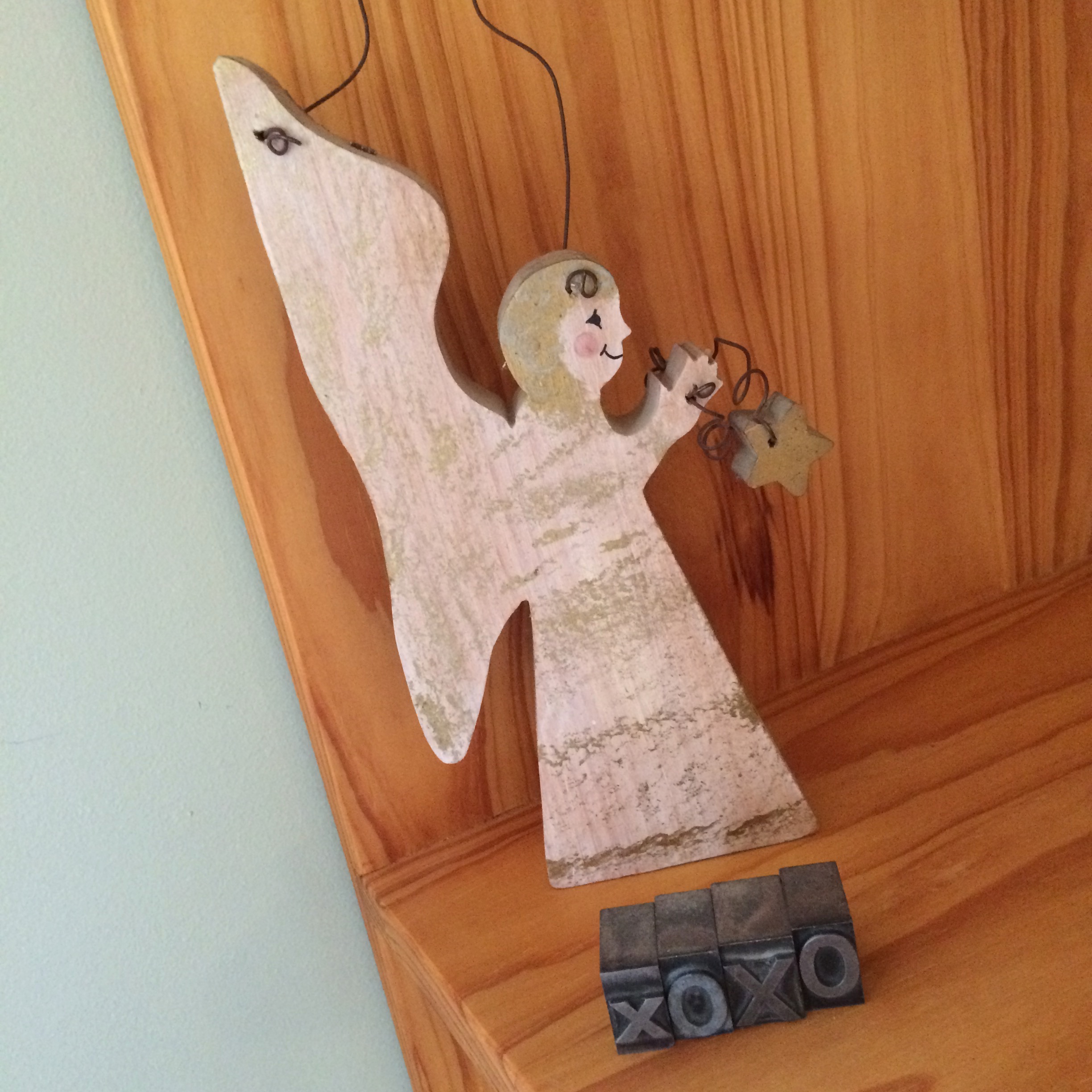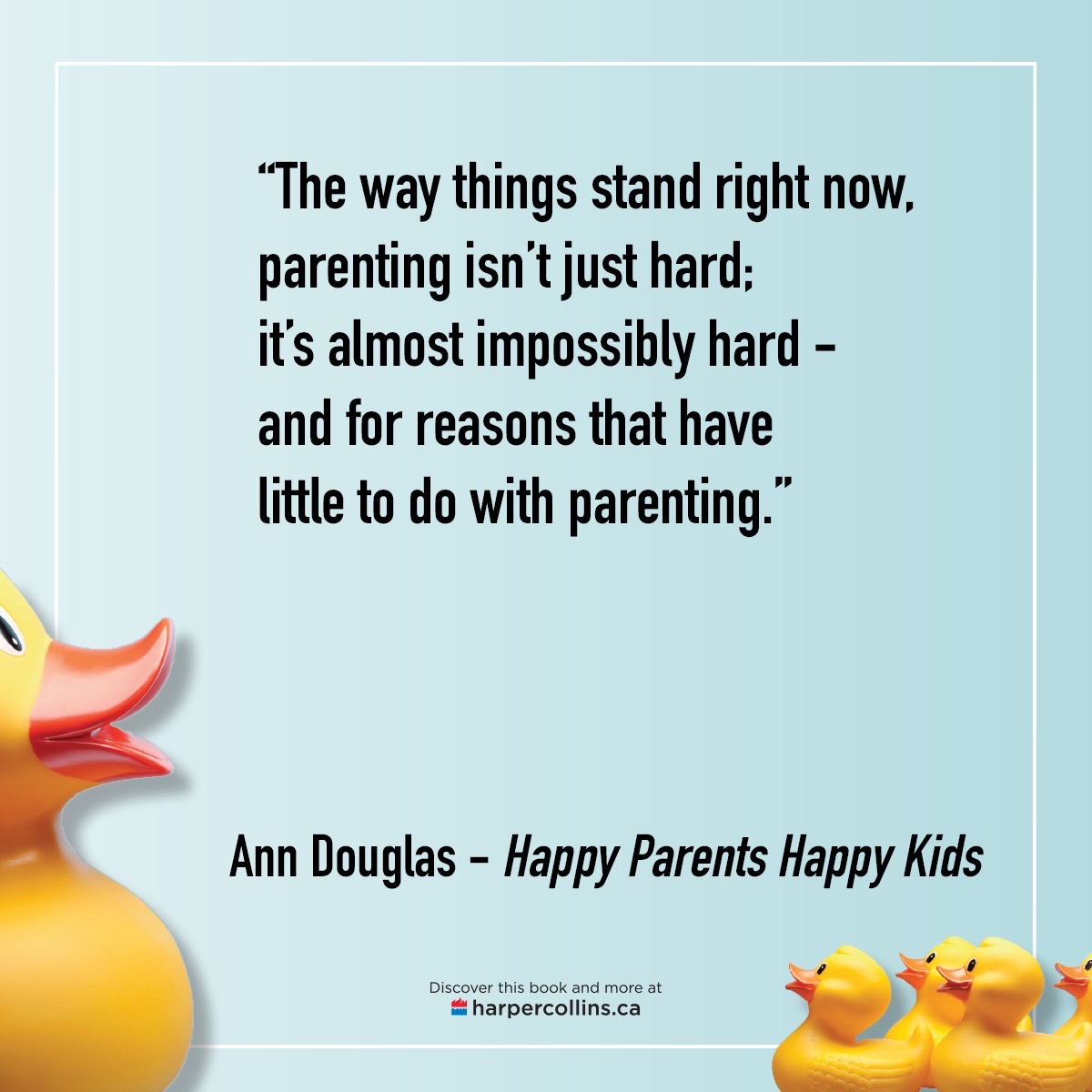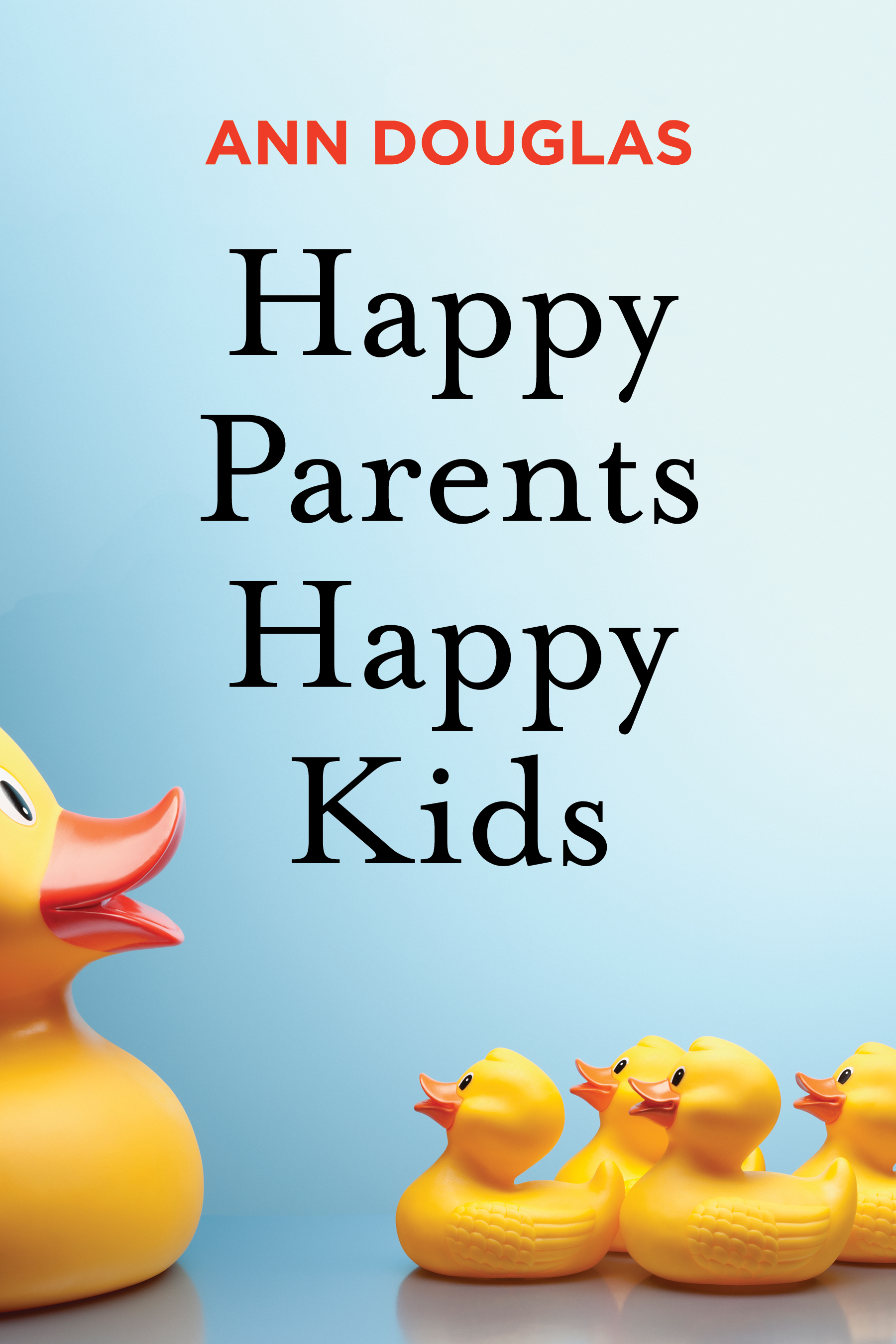I shed some light on this seemingly mysterious process in my weekend parenting column for CBC Radio.
What follows are the key takeaways from that column.
The case for teaching kids about gratitude
Before we get down to the nitty-gritty and take an ages-and-stages guide to gratitude, here’s a quick refresher course on the benefits of teaching kids about gratitude.
As it turns out, the benefits are considerable. Learning to recognize and act on feelings of gratitude is pretty much the recipe for a happy life — and it’s been that way for a very long time. Over 2000 years ago, the Greek philosopher Cicero described gratitude as “not only the greatest of virtues” but “the parent of all the other [virtues],” in recognition of the far-reaching benefits of expressing gratitude.
And as for those benefits? We’re talking better health, better happiness, and better relationships. As the authors of a 2014 study published in School Psychology Review put it: “Teaching habits of gratitude to youth could affect their mental health and positive behaviour for years to come.” So it’s definitely worth the effort.
Teaching kids about gratitude: an ages-and-stages guide
If you’re expecting your toddler to express genuine gratitude (as opposed to, say, merely going through the motions of saying thank you), you’re going be terribly disappointed. According to child development experts, it takes time for children to truly understand what it means to feel grateful—and to know how to express that emotion to another person.
You see, in order to feel grateful to another person you have to be able to see the world through another person’s eyes — to understand the sacrifices they might have made, big or small, to do this kind thing for you. Children aren’t capable of that kind of perspective taking until around the age of four, so they really aren’t capable of expressing genuine gratitude until that time. And, even then, that their understanding of gratitude is still very much a work-in-progress.
Then, starting at around age seven, a child’s understanding of gratitude deepens. That’s when children become capable of understanding more complex emotions, like jealous, pride, and — yes — gratitude.
And as their capacity to understand the feelings and motivations of other people continues to improve as they move through the teen years, so too does their capacity for feeling and expressing gratitude. They might suddenly recognize how much family time their sports coach is sacrificing for the good of the team and be moved to express gratitude to the coach for that sacrifice.
How forcing kids to say “thank you” can backfire
Parents sometimes feel pressured to say things to their children like: “Don’t forget to say thank you to Grandma!” But, as it turns out, it’s not a particularly effective way to help kids to understand and express feelings of gratitude.
If you force a child to go through the motions of expressing gratitude when he’s not actually feeling that emotion, spitting out that “thank you” is going to start to feel like a chore. Sure, your child may go through the motions, if only to avoid getting into trouble, but it’s unlikely that this new gratitude habit will stick — or at least not in any meaningful way. You’re merely teaching your child to fake an emotion that he’s not actually feeling — as opposed to encouraging him to recognize and act on genuine feelings of gratitude.
Toronto mother of four Louise Gleeson has made a conscious effort to steer clear of this approach: “I want my children to learn about gratitude by experiencing it firsthand — as opposed to being told they should be feeling it,” she explains.
What actually helps kids to acquire an “attitude of gratitude”
Worried that you’re destined to raise the world’s least grateful child? You’ll be relieved to hear that there are things you can do to gently nudge the process along. You might want to encourage your child to notice how much time, energy, and/or effort some other person put into doing something kind thing – and to reflect on the ways they themselves benefitted from this act of kindness. According to the research, that’s what helps children to develop a sense of gratitude: being giving the chance to peek behind the curtain and discover for themselves just how gratitude works.
Of course, one of the most effective ways to teach children about gratitude is to simply adopt an “attitude of gratitude” as a family: to allow gratitude to provide a backdrop to daily living — the lens through which your family engages with the world. This is something I was speaking with Vancouver mother Angela Crocker about recently. She told me that the secret to teaching kids about gratitude is to model it, talk about it, and look for opportunities to live it as a family. “In our family, we have quiet expressions of appreciation. It’s just part of everyday living. We say thank you when we pass the salt. We say thank you when we help each other. And sometimes it’s not even a matter of using the words ‘thank you.’ It’s a physical expression, so it might be in the form of a hug or someone bringing you a cup of tea. It’s not really a formal thank you, but it’s understood that it’s an act of appreciation.”
So we don’t have to make these conversations about gratitude something big and complicated. And, as Angela noted, we don’t always have to express that gratitude in words. We can express it via a well-timed cup of tea!
Some fun activities to spark conversations about gratitude
Looking for some fun Thanksgiving weekend activities to help spark conversations about gratitude? Here are a few activities to try with your kids.
Got a kid who likes to write? Think about starting a family gratitude journal that you update on special occasions or consider writing a letter of gratitude to someone who did something kind or thoughtful for your family. (Tip: For added impact, deliver the letter in person or via video chat, so your child will have the opportunity to see the recipient’s reaction.)
Got a kid who loves doing crafts? Consider creating a family gratitude collage (a collage of photos, drawings, and words that capture all the people and things you are grateful for) or making a gratitude paper chain (a chain made of individual paper links spelling out all the things you’re grateful for) or a gratitude paper quilt (similar to the paper chain, except in this case, you’re writing those words of gratitude on a series of squares and then assembling those squares into a quilt).
Got a kid who is really into math? Make a gratitude graph! This is a fun exercise to try when you have a large number of extended family members and friends present in the same place at one time—like around the Thanksgiving dinner table. Each person records the things they’re grateful for on a series of sticky notes – and then you cluster everyone’s sticky notes together to create a graph highlighting family gratitude trends: “Seven people are grateful for this delicious dinner, six people are grateful for warm sweaters on a chilly day, five people are grateful that we’re all together, one person is grateful that the neighbour’s dog is finally finished barking….” That kind of thing.
Of course, it’s important to remember that the activities themselves aren’t magical. The activities alone won’t teach kids how to feel and express gratitude. That’s your job as the grownup: to journey alongside them as they make their own gratitude discoveries.
Happy Thanksgiving, everyone!
Ann Douglas is the author of numerous books about parenting including Happy Parents, Happy Kids and Parenting Through the Storm. She is also the creator of The Mother of All Books series and the weekend parenting columnist for CBC Radio.
Want to learn more about getting to that happier, healthier place as a family? Subscribe to one of Ann’s newsletters: Ann-o-gram, Self-Care Buddy, and The Villager. Or sign up for one of her parenting courses/communities.







